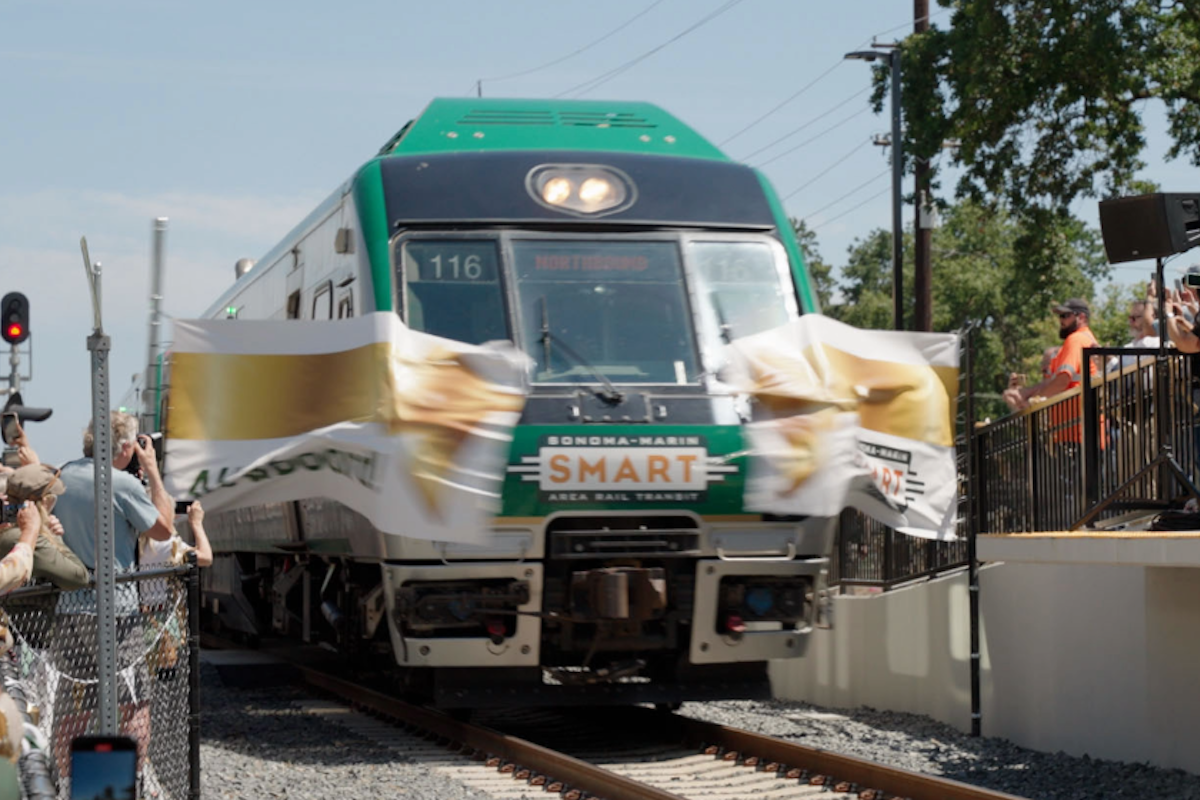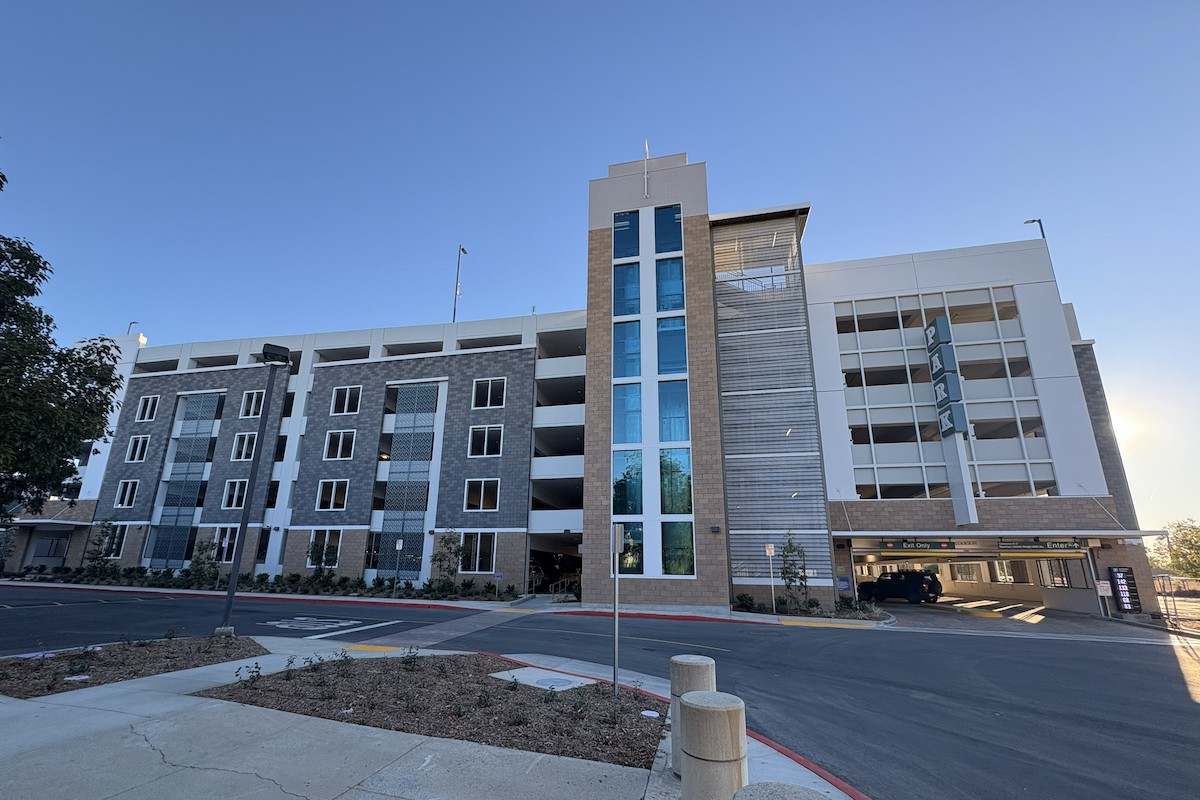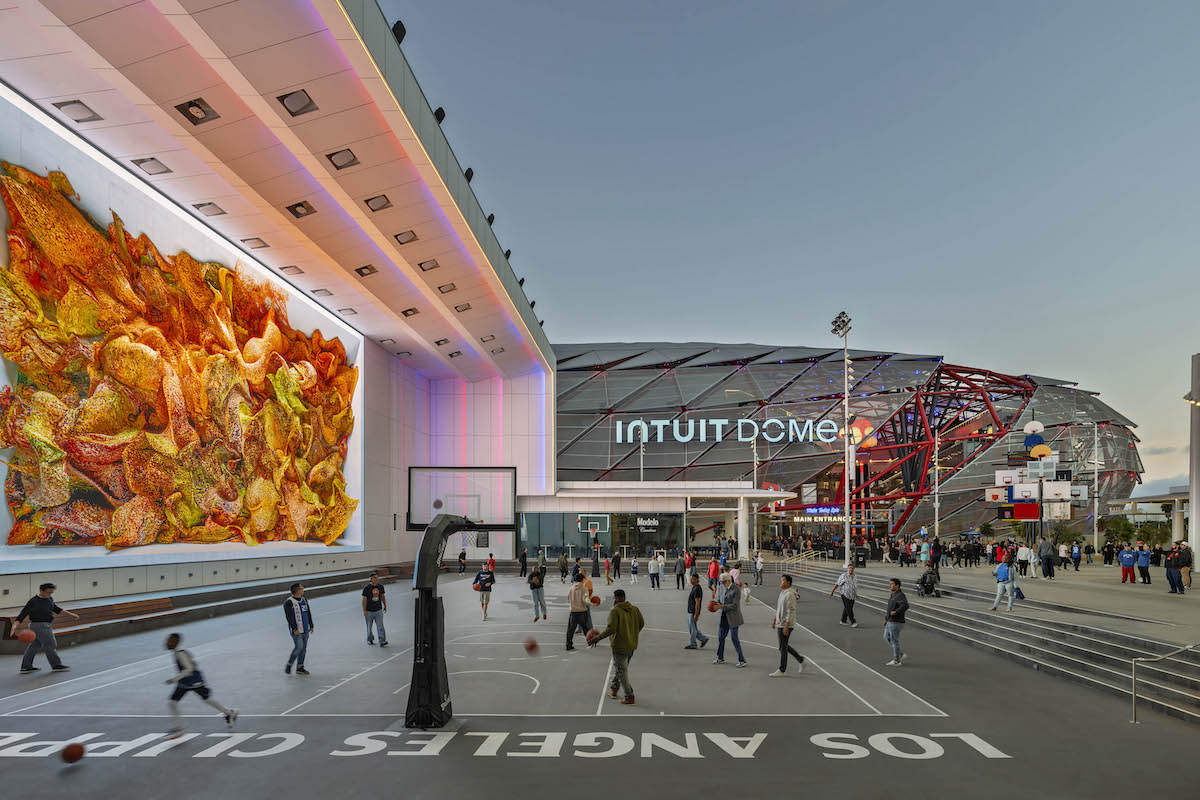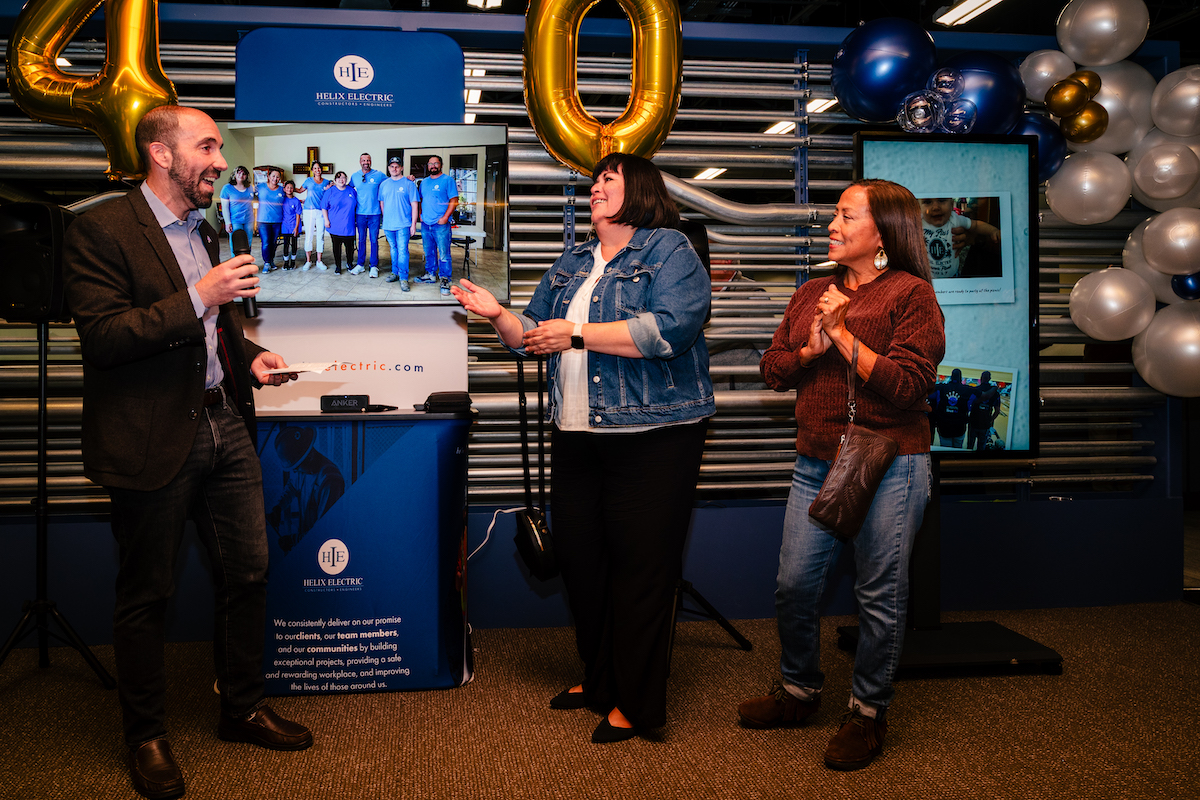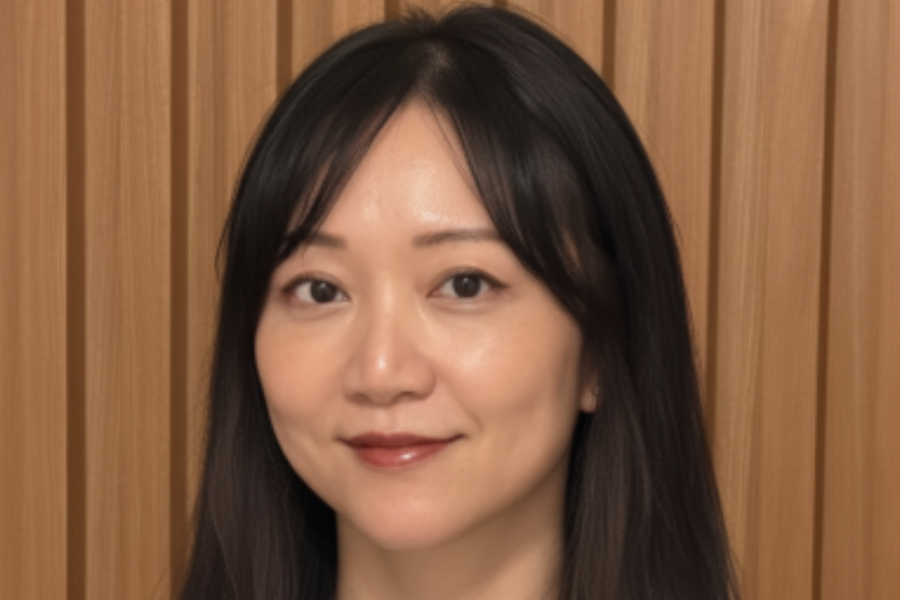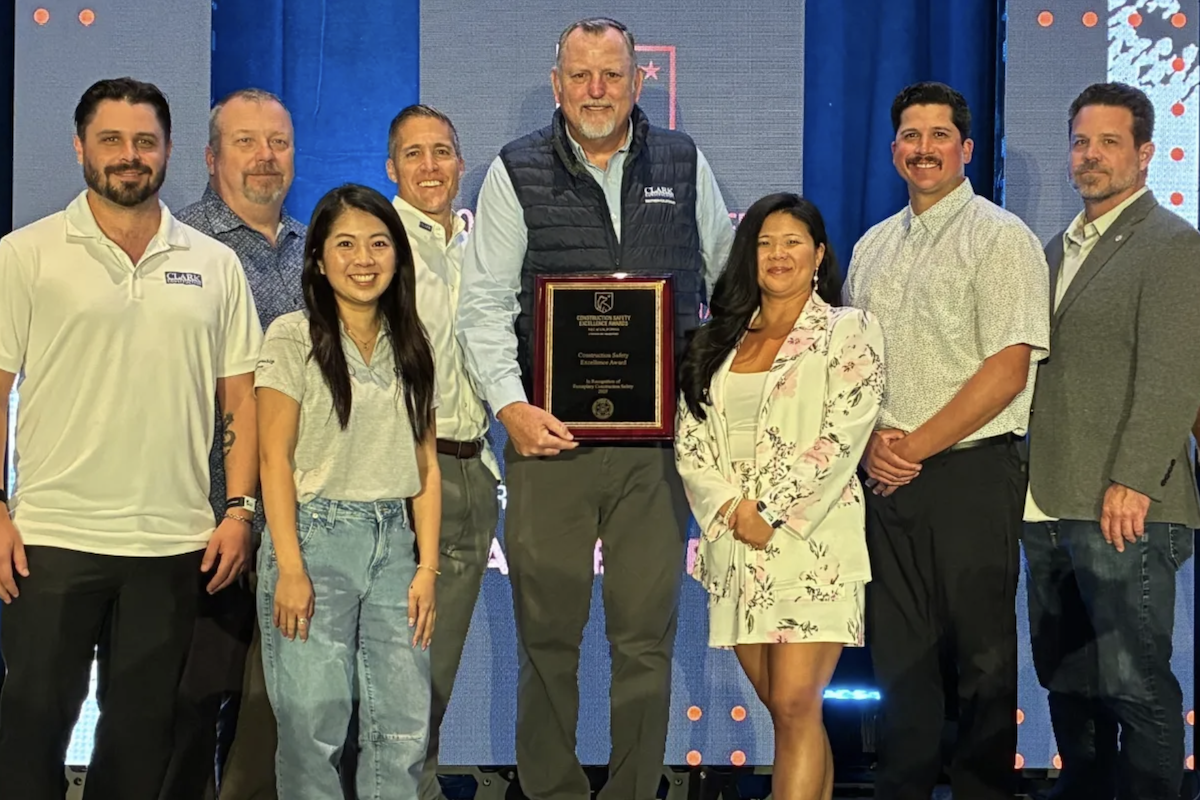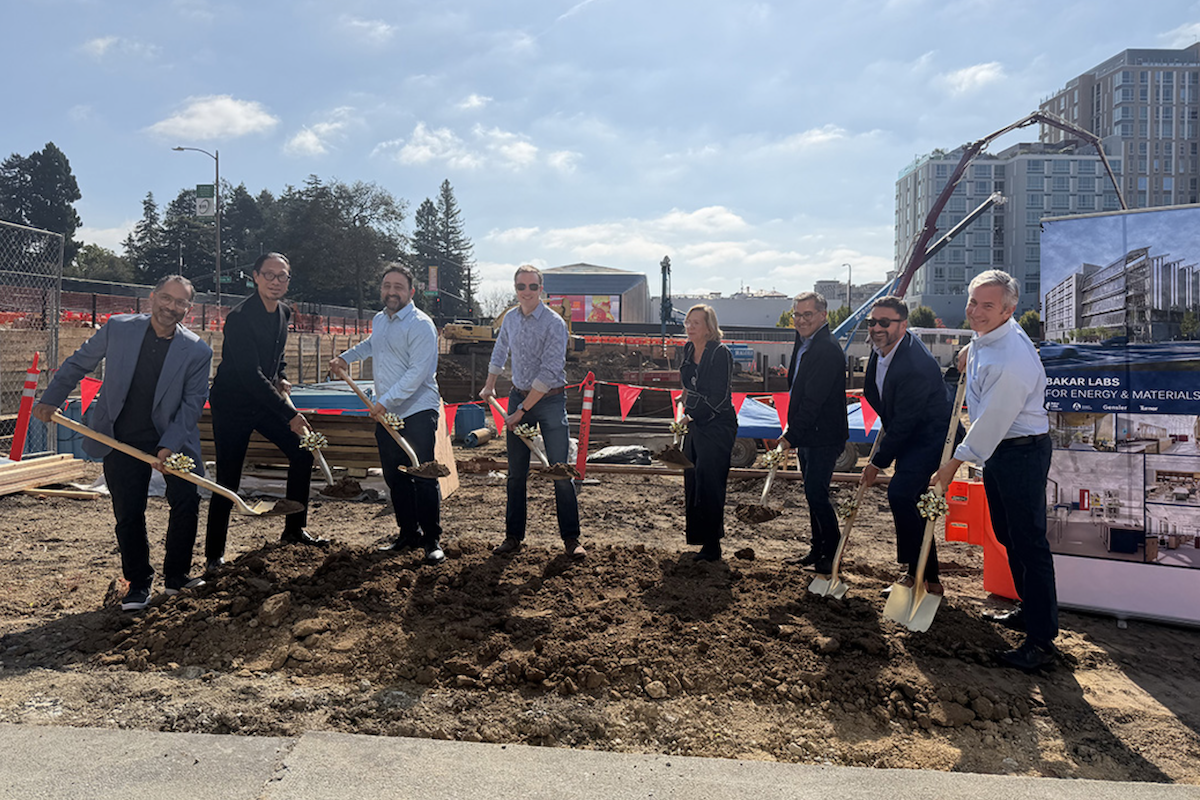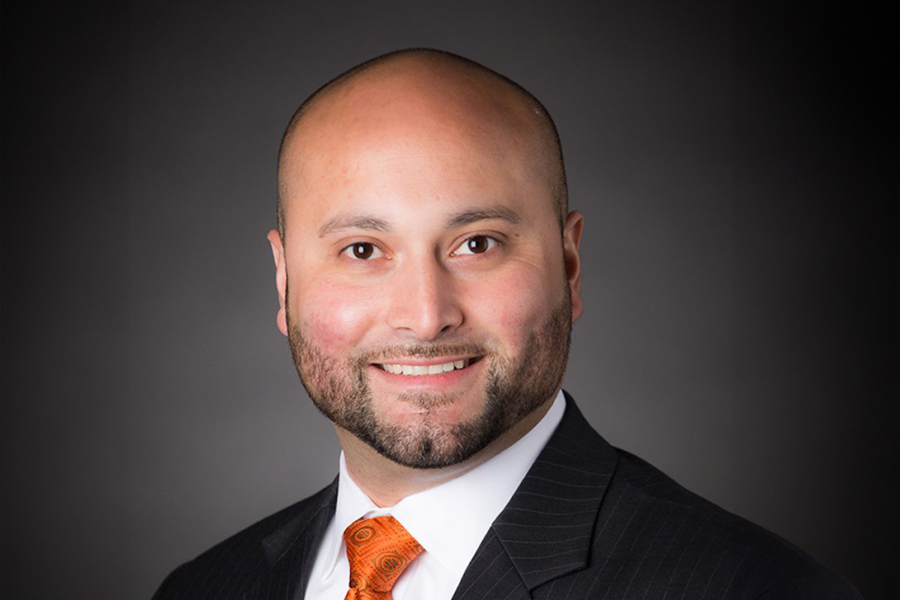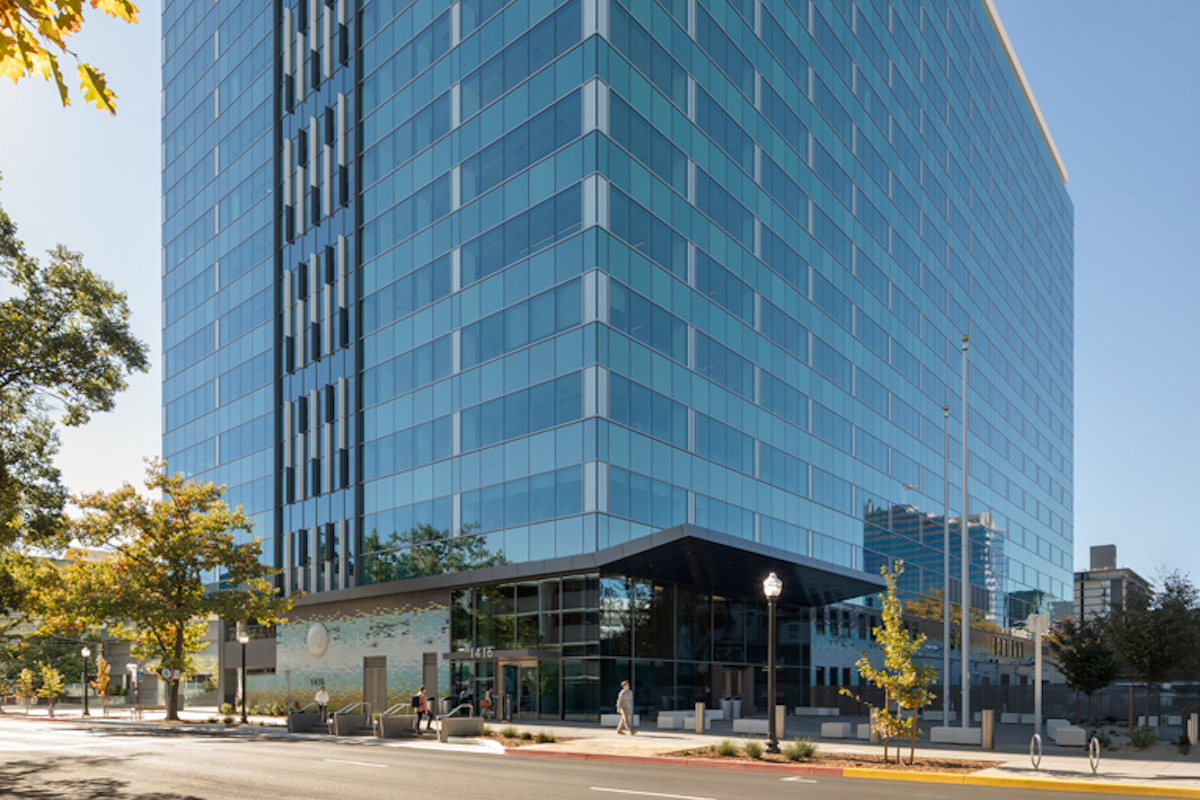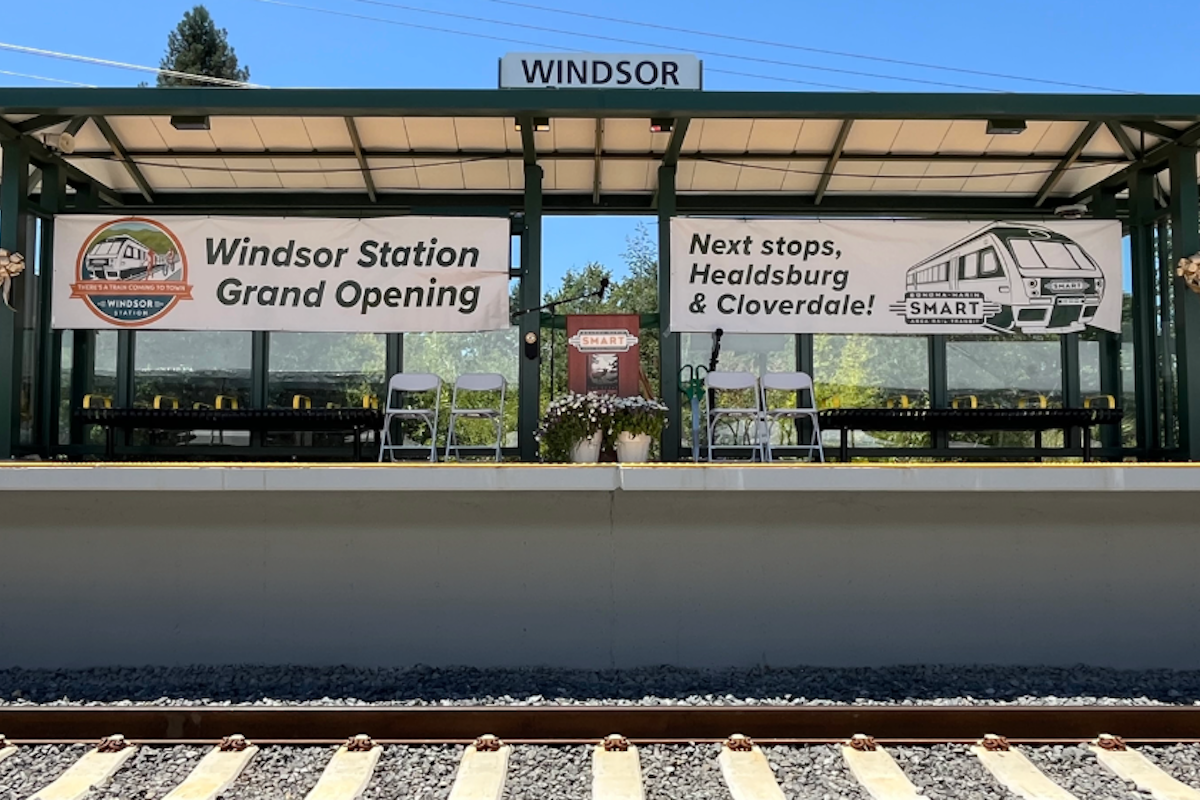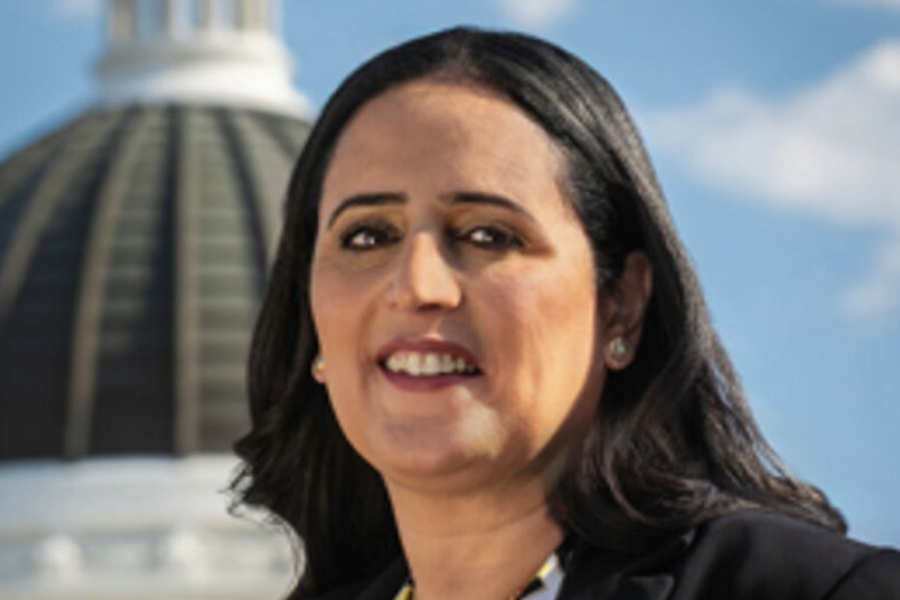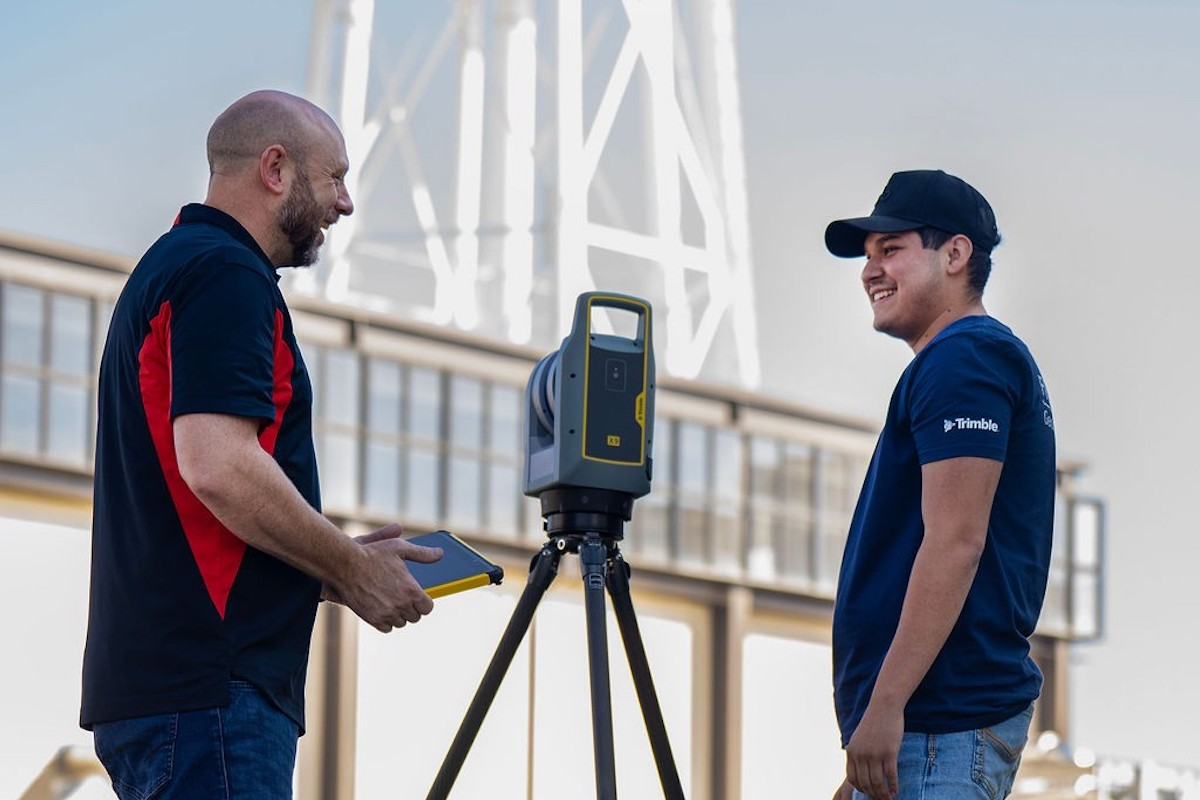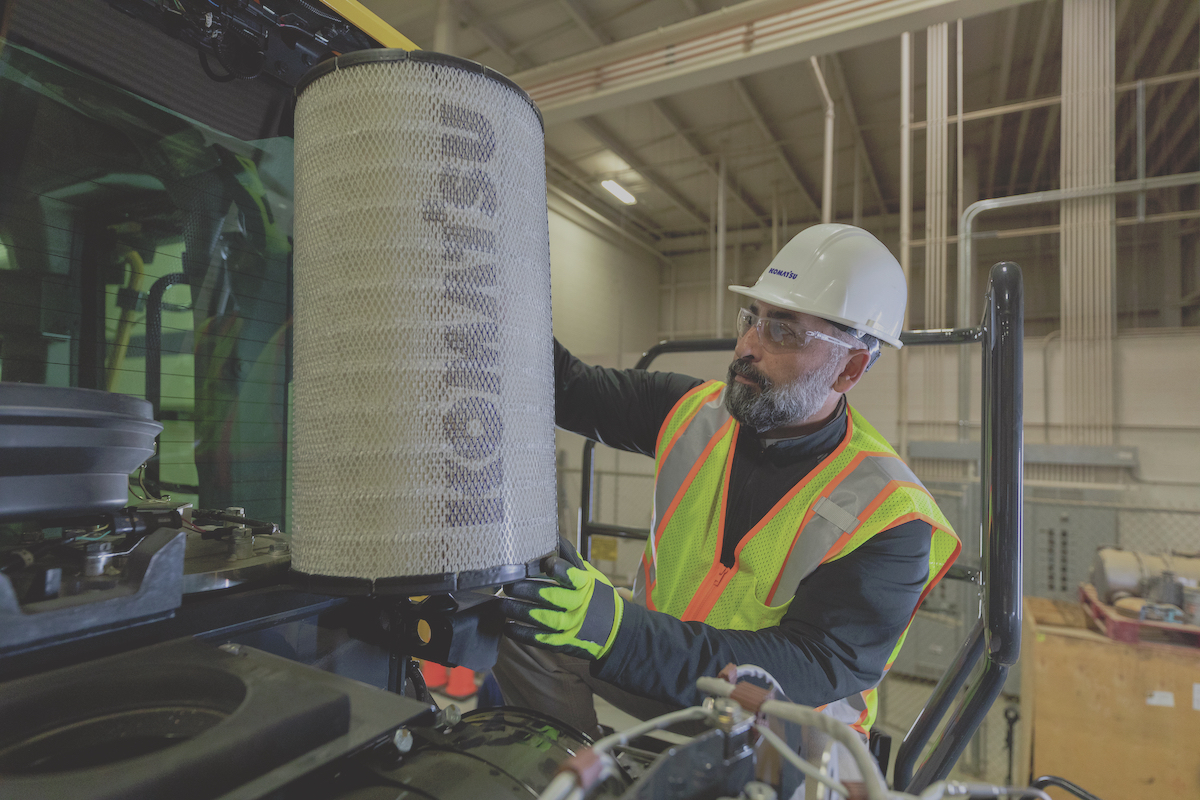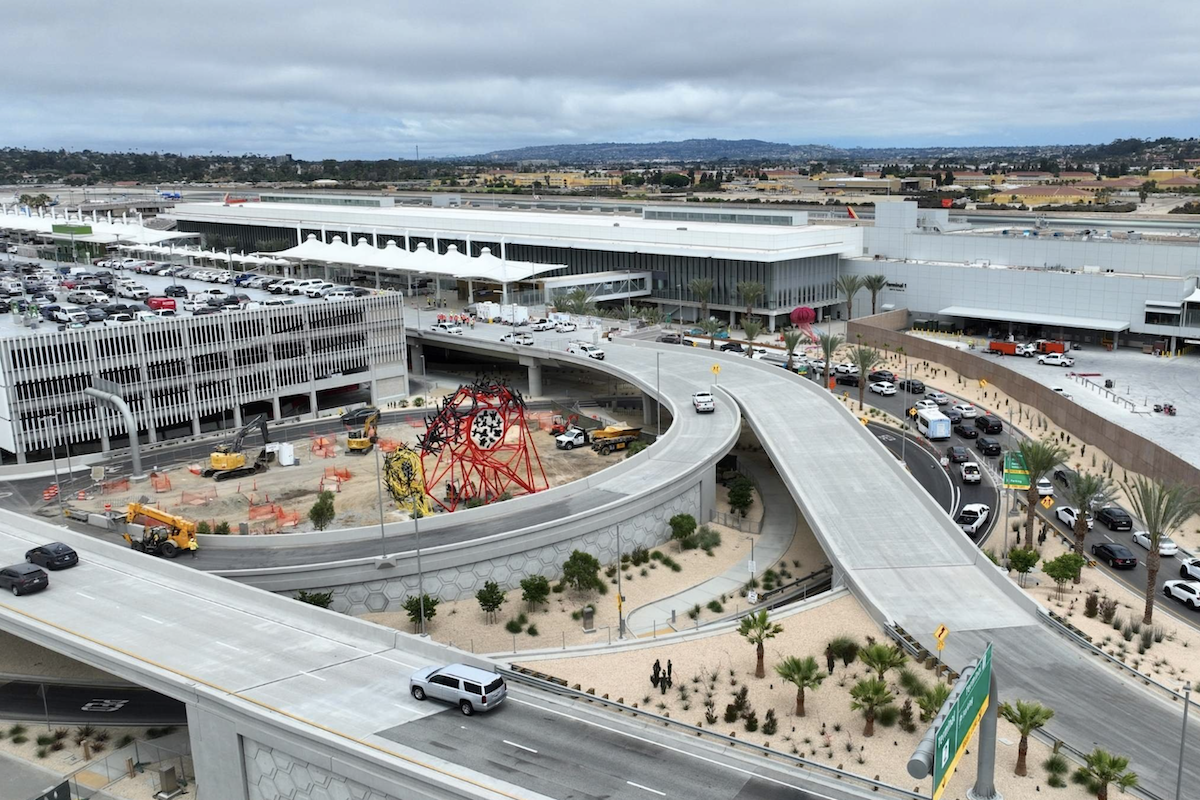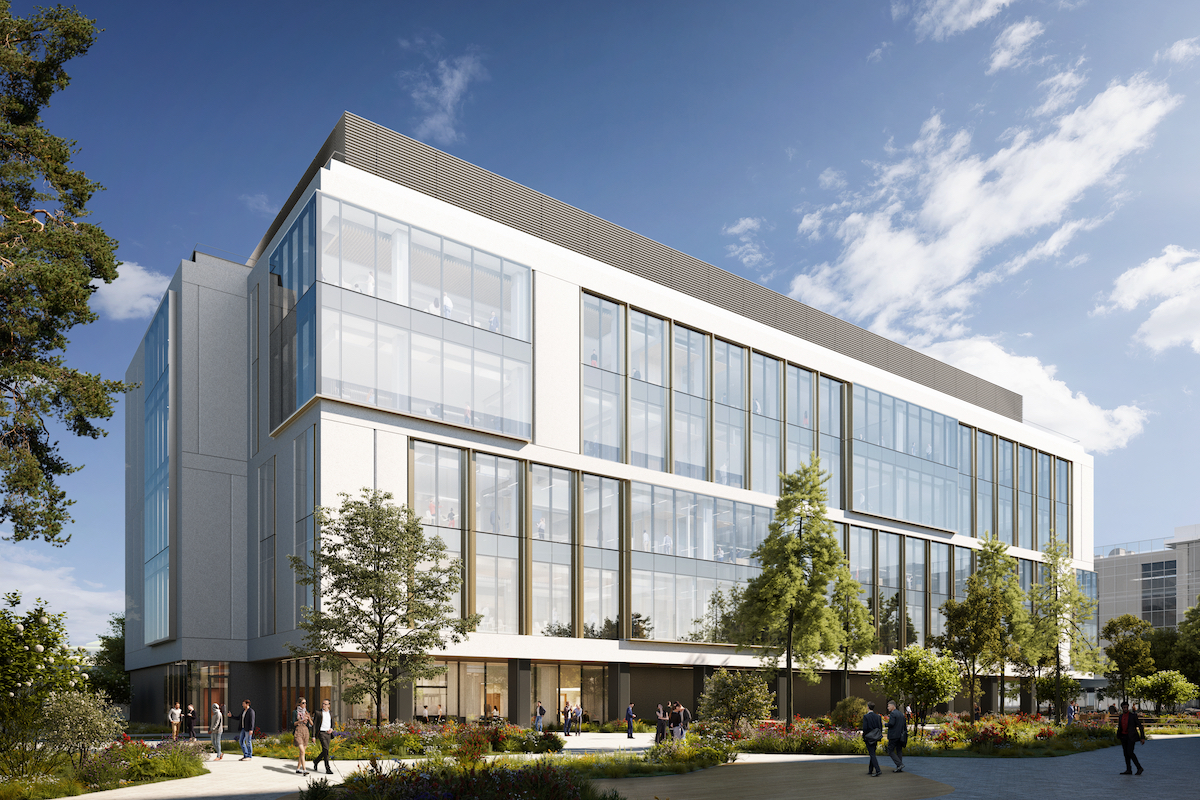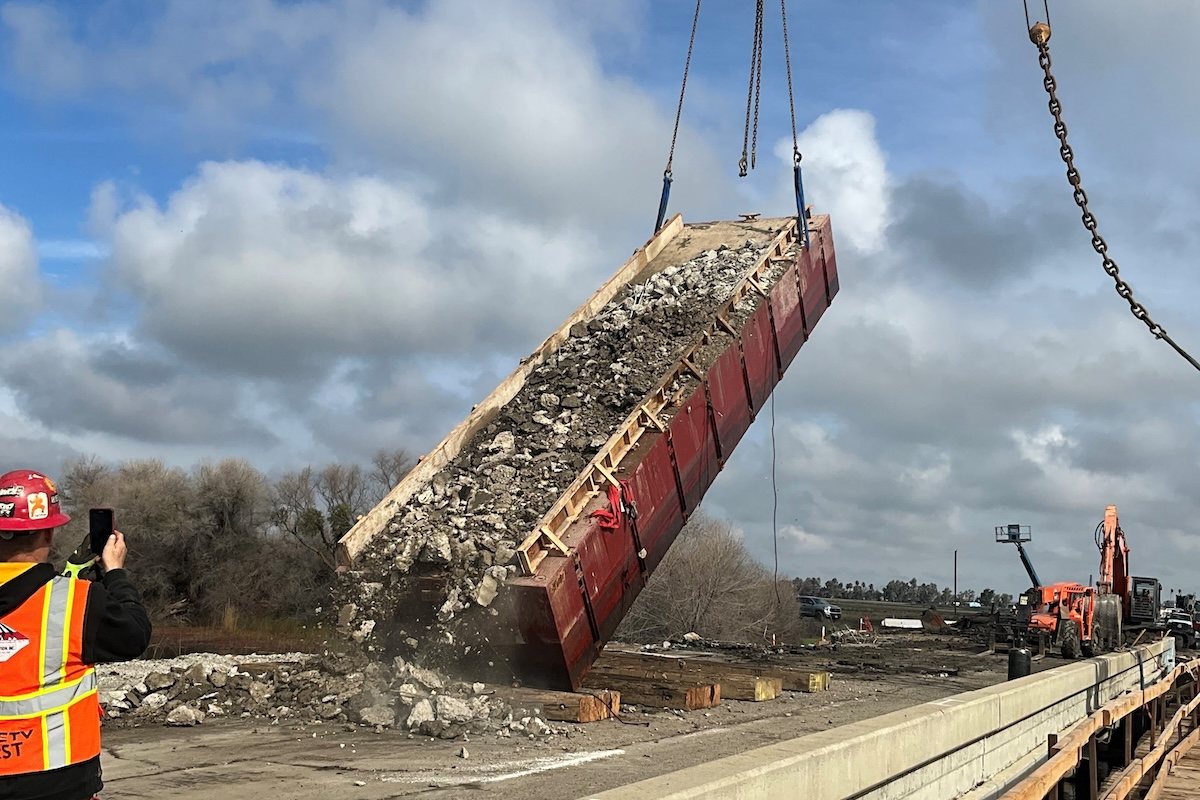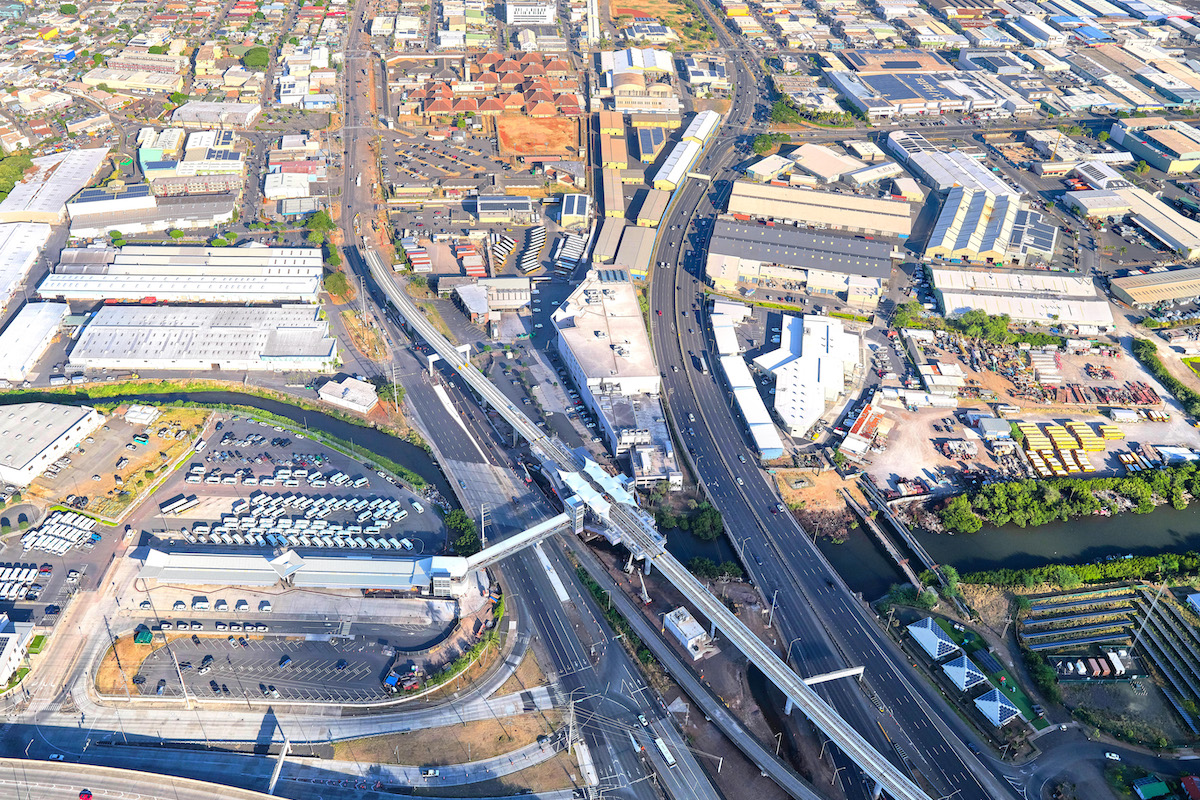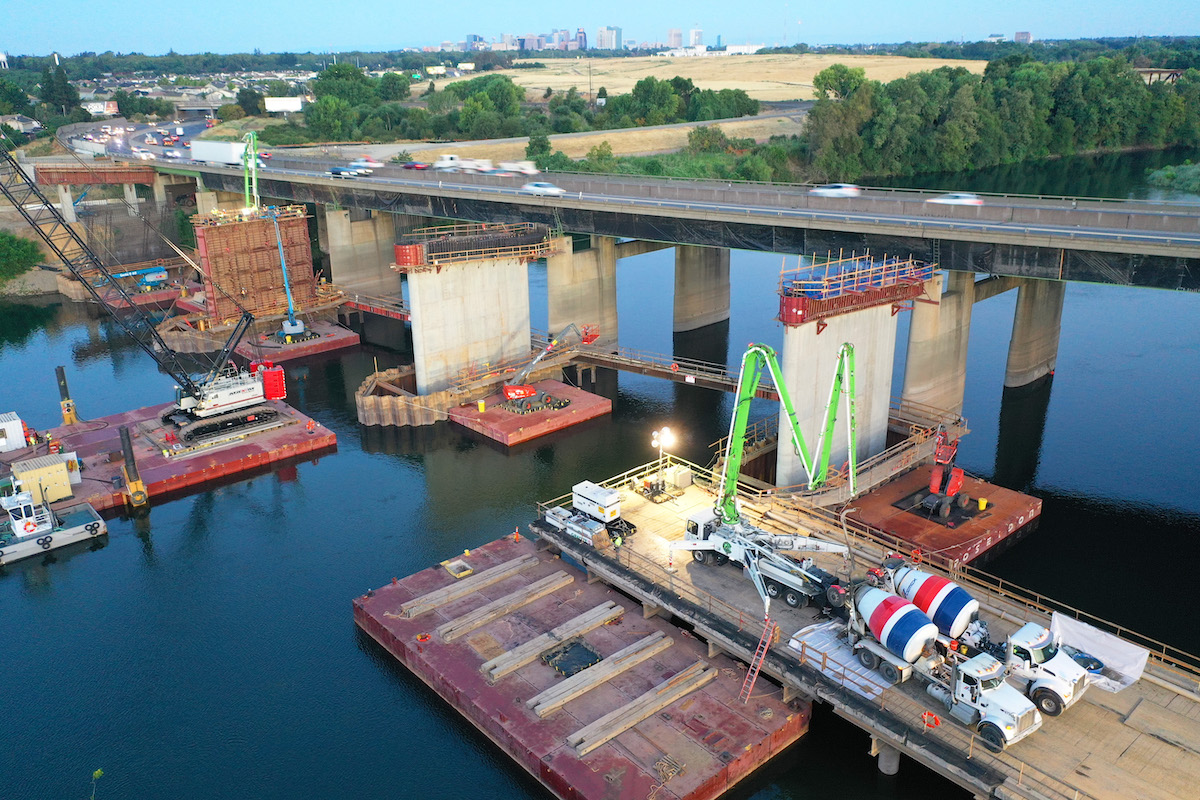- Elected Official Award: CA Senator Josh Becker (D-Menlo Park)
- Policy Leadership Award: AIA California and the Building Standards Commission
- Mighty Materials Award: Urban Machine
- Energizing Efficiency Award: Washbox “The energy at this year’s conference was palpable as we brought together green building leaders from across California along with more than 100 partner organizations and companies to truly embrace this year’s theme of Build, Connect, and Unify,” USGBC-CA Executive Director Ben Stapleton said. “We awarded important leaders such as Senator Josh Becker while also shining the spotlight on innovators who are creating the next generation of products to guide our movement.”
- Project: 1021 O Street State Office Building
- Project Owner: State of California
- Certification: LEED BD+C New Construction - Platinum Certification level
- Project: Los Angeles River Way, San Fernando Valley Completion Project (Vanalden to Balboa)
- Project Owner: City of Los Angeles
- Certification: Envision - Gold Certification level
- Project: Port of Long Beach Fireboat Station 20
- Project Owner: Port of Long Beach
- Certification: LEED-NC v2009 - Gold Certification level
- Project: Bay Area Metro Center
- Project Owner: Kennieth McKellar
- Certification: LEEDv4.1 O+M: Existing Buildings recertification - Platinum certification level; Fitwel certification from Center for Active Design - Gold certification level under LEED New Construction in 2017
- Project: UCSD Franklin Antonio Hall
- Project Owner: University of California, San Diego
- Certification: LEED-NC v2009 - Platinum Certification level
- Project: UCI Verano 8 Graduate Housing
- Project Owner: University of California, Irvine
- Certification: LEED v4 BD+C: NC - Platinum Certification level
- Project: Lakeside Branch Library
- Project Owner: County of San Diego
- Certification: LEED v4 BD+C: NC - Gold Certification level
- Project: Green Portfolio Award
- Project Owner: University of California, Los Angeles
- Certification: To honor the 70-plus certifications they have completed with the Green Business Certification Program
The event featured 22 sessions, including focus on equitable decarbonization, materials reuse, EV infrastructure, campus projects, and nature-based solutions; 20 topic-focused, interactive Lunch Table Talks; and 10 case study presentations that show how people and projects drive Collective Impact. The keynote speakers included Kate Gordon, the new CEO of Climate Forward and an energy and policy expert who has advised the White House on climate change, discussing the importance of shifting from policy to implementation, and Obi Kaufmann, a California-based climate author known for his best-selling book, "The California Field Atlas." Additional highlights included the launch of USGBC-CA’s Net Zero Accelerator 2024 cohort with a pitch session; a discussion around wildfire mitigation; a panel around sustainability in TV, film, and live events which included announcing a new worker-centered Sustainable Production for Entertainment certificate from USGBC-CA; and remarks from USGBC President and CEO Peter Templeton, congratulating USGBC California’s recent unification as an independent nonprofit statewide entity, and sharing the latest on LEEDv5.
The conference had more than 1,500 registrants, attracting a wide range of those involved in the built environment, including architects, engineers, property owners and managers, contractors, developers, manufacturers, tradespeople, utilities, municipalities, public agencies, community groups/nonprofits, students/emerging professionals, and the general public. Attendees had the opportunity to network with industry leaders and peers, hear project stories, and participate in interactive sessions. The location of the conference was the SoLa Impact-owned Beehive, which supports innovation and training for the local community.
They were recognized for CalGreen’s approach to embodied carbon and life cycle cost analysis as it sets an important precedent to raise awareness and make a market for a more circular economy in California and beyond.

| Your local Trimble Construction Division dealer |
|---|
| SITECH Southwest |
| SITECH West |
He was recognized for his advocacy efforts and role as a champion in green building performance standards and accelerating California’s transition to 100 percent clean energy and net zero emissions. Last year, he and his team successfully passed Senate Bill 48, The Building Energy Savings Act, which improves energy efficiency and reduces greenhouse gas emissions in large buildings (both residential and commercial) in order to lower utility bills, improve grid reliability, and achieve the state’s climate targets.
Washbox was recognized for offering a solution presenting one of the biggest opportunities to move the market forward to reduce operational carbon in buildings across California and beyond. Washbox is transformational for construction site efficiency. By saving 98 percent of the water used for tool washing by construction trades and eliminating the discharge of liquid waste, Washbox is reducing the impact of construction on public resources. Washbox enables projects to control their own environmental footprint.
Urban Machine was recognized for offering one of the biggest opportunities to move the market forward to reduce carbon emissions in buildings. As a robotics company, they use technology to reclaim wood waste for reuse as premium lumber, enhancing carbon capture in wood products, reducing the need for new resources, and significantly impacting the reduction of operational carbon emissions in the construction industry.
Situated in the heart of Sacramento’s historic government center, the 1021 O Street State Office Building embodies the State of California’s goals to achieve carbon neutrality. As one of California's first Net-Zero, all-electric state office buildings, deep energy savings have been realized on this 10-story, 500,000-square-foot, LEED Platinum-certified project, which features a centralized Building Management System with real-time analysis of building performance, an optimized facade that responds to differing environmental conditions on each face, and through community solar agreements with the Sacramento Municipal Utility District, the building is powered by 100 percent renewable energy, resulting in 103 percent energy savings from baseline.
The bicycle path and greenway project along the Los Angeles River corridor has earned an Envision Gold award. The path, which repurposes a maintenance road, links up with the existing active transportation network to enhance connections to transit, residential neighborhoods, schools, employment, parks, and other community amenities. The project includes: nearly three miles (added) of bicycle and pedestrian pathways to the LA River Bikeway; undercrossing of bridges and river parks; and on-street improvements to increase access and improve connectivity to adjacent communities in the Encino-Tarzana Community Planning Area.
The new Fireboat Station #20 Project will involve the construction of a two-story fire station building, fireboat bay enclosure, floating dock, positioning and fender piles, retaining walls, emergency generator, and additional site improvements. The two new stations achieved a gold rating from the U.S. Green Building Council's Leadership in Energy and Environmental Design Program by using water-saving technology, green-power generation, energy-efficient appliances, natural ventilation, and other environmentally sustainable features.
Originally a World War II tank assembly plant, the San Francisco building now serves as headquarters for the Metropolitan Transportation Commission, the Association of Bay Area Governments, and the Bay Area Air Quality Management District. This public building adheres to California’s SB375 requirement for urban areas to take sustainable actions, promoting eco-friendly travel, growth patterns, and the reduction of greenhouse gas emissions. LEED Platinum features include: implementing energy efficiency best practices to reduce the building’s carbon footprint, discovering that approximately 80 percent of the building’s occupants commute to work via sustainable transit options, and diverting more than 86 percent of the building’s waste from the landfill. Several new and existing features drove the Fitwel certification, including a dedicated onsite exercise room, with showers and lockers; mothers’ rooms and quiet spaces; on-site secure bike storage facilities; and access to nearby parks, gardens, and walking trails.
The Jacob School of Engineering’s Franklin Antonio Hall at UC San Diego is designed to facilitate cross-discipline collaborations that are critical for solving health, energy, autonomy, security, communications, and materials challenges facing society, according to Dean Albert Pisano. The new 187,000-gross-square-foot LEED Platinum Rated engineering facility features include: exterior pervious surfaces and vegetation that reduce the heat island effect; improved stormwater quality utilizing bio-swales, as well as native vegetation within a buffer zone to protect the California Coastal Commission designated sensitive habitat areas that surround the building; a heat deflection wall to help protect it from fire risks; photovoltaic panels for on-site renewable energy; a modular heat pump chiller that uses the campus chilled water loop to produce heating and domestic hot water; expanded metering for HVAC, lighting, plug loads, and equipment usage loads; a Condensate Recovery System which captures and redirects non-potable condensate to the campus Reclaimed Water Loop utilized for campus irrigation; and more.
Set within an existing neighborhood of low-rise residences, this project presents a new paradigm for graduate housing with a series of five higher-density residential buildings surrounding a community center. The complex supports the 1,055 students’ priorities including community-building, affordability, and wellness, and provides expanded amenities for the existing Verano neighborhood. The project stands out in energy, water, and occupant health and wellbeing. Verano 8 received all 18 possible LEED points for energy performance with a modeled 58 percent energy cost reduction. All-electric systems are used for space heating, cooling, and hot water, including solar thermal hot water and a 134-kW roof-mounted, grid-connected photovoltaic system for clean energy production. Water-efficient landscaping reduces water for irrigation by 63 percent. The project’s health-promoting design incorporates active stairs, biophilic design strategies, community gardens, and interspersed lounge spaces for gatherings in support of the physical, mental, and social health of all occupants.
The Lakeside Branch Library highlights accomplishments around water, lighting, and solar power. When it rains, all water that falls onto the roof, the sidewalks, and the parking lot is diverted to one of the three on-site biofiltration basins, helping remove contaminants before it flows into underground pipes. All landscaping uses native and drought tolerant plants. The building uses all electric equipment and appliances, all LED lighting, and all lights are connected to daylight and occupancy sensors, working in conjunction with natural light. Finally, the solar photovoltaic array on the roof of the building is designed to capture 100 percent of the energy that the building uses throughout the year.
Recently passing its 100-year anniversary, UCLA has been a demonstrative leader in building performance. Their first certification was in 2006, and as of February 2024, UCLA has completed 64 LEED buildings, making it the second largest LEED portfolio in California, behind the Irvine Company. UCLA has set a high standard for its new construction projects, guaranteeing sustainability will be at its core. Beyond that, UCLA has also been very proactive in its commitment to sustainable procurement, reflected in their earning of 54 Los Angeles Green Business certifications. Of those, one standout is the Meyer and Renee Luskin Conference Center, which is both LEED Platinum and Green Seal certified, making it the only building in California to receive both distinctions. A few other standout buildings are the Geffen Hall, the Wasserman Football Performance Center, and the Marion Anderson Hall, all earning LEED Platinum, as well as UCLA’s latest LEED project, the Nimoy Theater, which earned LEED Gold.























